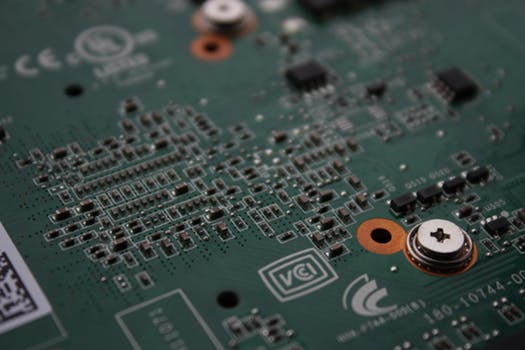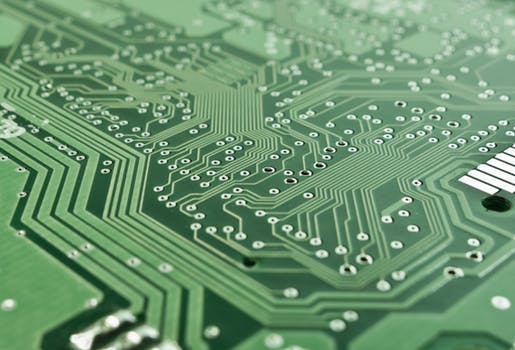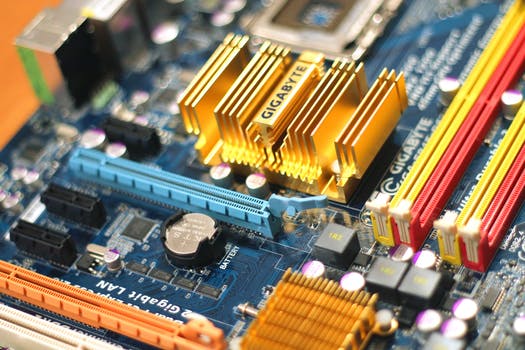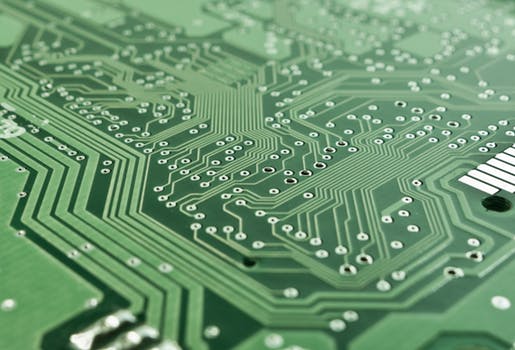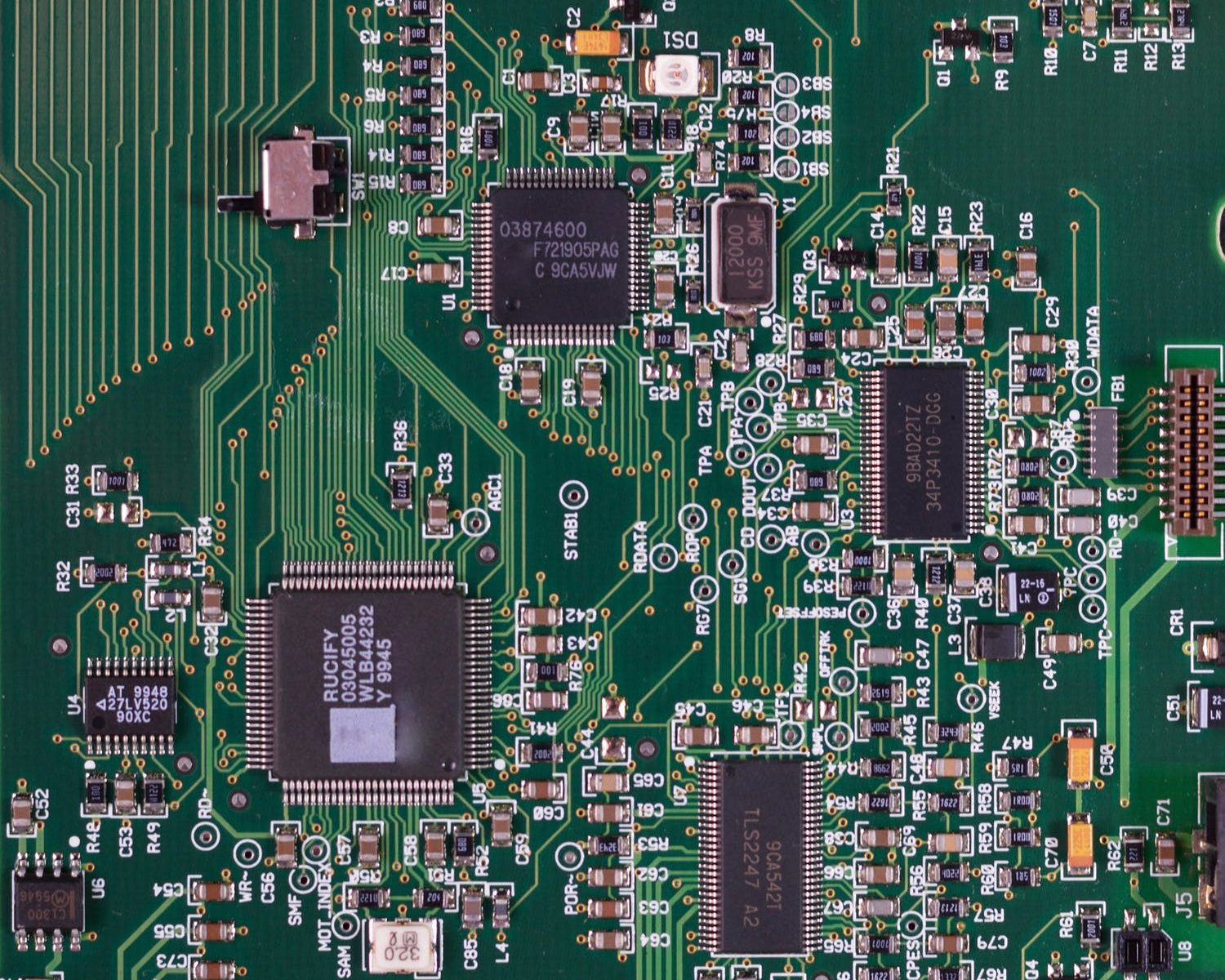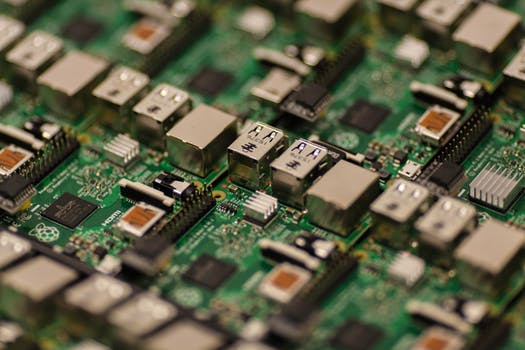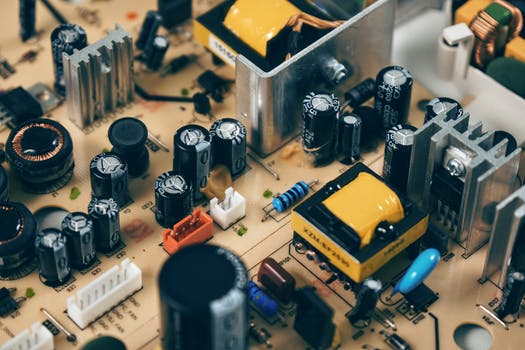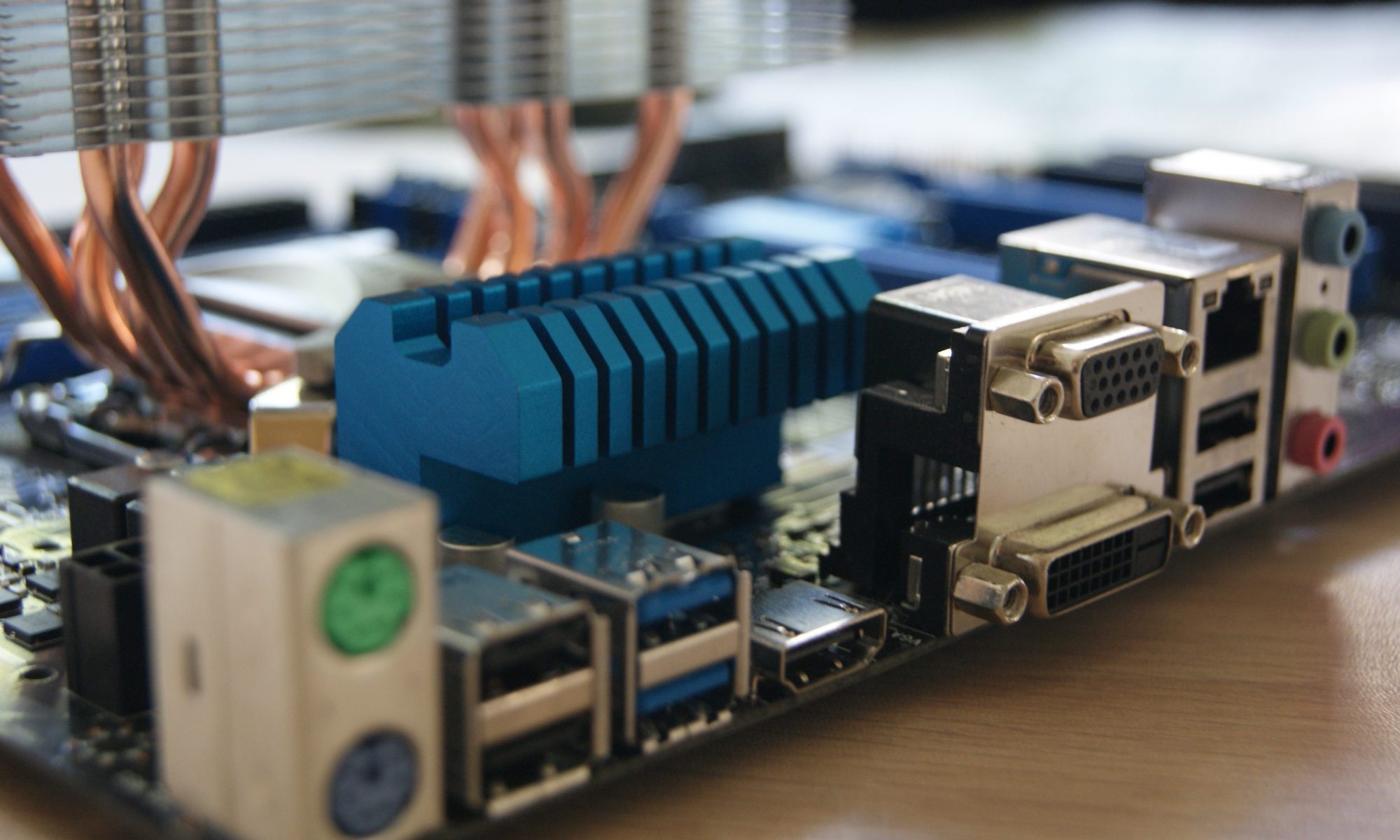Alternating current flows periodically first in one direction and then in the opposite direction. One direction is called a positive alternation and the other direction is called a negative alternation. A complete positive and negative alternation is called one cycle. The number of complete cycles that occur each second is the frequency and is designated in hertz, abbreviated Hz. Therefore, if one complete cycle occurs per second, the frequency is 1 Hz; if 5 cycles are completed per second, the frequency is 5 Hz, and so on.
Your Guide to Rectifier Meters

The precision and effectiveness of devices such as rectifier meters are critical to the field of electrical measurements. Among these, the moving-coil meter is particularly dependable for measuring DC, even though its limited movement prevents it from directly detecting AC. However, AC can be converted to DC through rectification, expanding the range of uses for moving-coil meters. In this article, we will discuss the various kinds of rectifier meters, their principles of functioning, and their importance in the field of electrical engineering.
Continue reading “Your Guide to Rectifier Meters”Introduction to Electromagnetism

Electromagnetism. This essential area of research examines the effects that magnetic fields have on electric charges in motion as well as the induction of electric current by shifting magnetic fields. It also examines how electric current or electric fields can produce magnetic fields. Even the origins of electromagnetic radiation are explained.
In the end, electromagnetic theory combines electricity and magnetism under a unified framework, characterizing them as two expressions of the same underlying electromagnetic force.
Continue reading “Introduction to Electromagnetism”Calculating the Resistance of Multirange Multipliers
There are two methods of calculating the values of multiplier resistors for a multirange voltmeter. In the first method, each multiplier is calculated the same as for a single-range voltmeter. Assume that you wish to extend the range of a 1-mA movement to measure 0- 10, 0- 100, and 0- 1000 volts, and you also want a 0- 1-V range. Since full-scale deflection equals 1 Von the 0- 1-V range (V = IM RM = 0.001 A x 1000 Q = I volt), no multiplier is needed. The total resistance (RT OT) needed to limit meter current (IM) to 1 mA on the 0- 10-V range is RrnT = V w vJ IM = 10 V/ 0.001A= 10,000 Q
Continue reading “Calculating the Resistance of Multirange Multipliers”
Ultimate Current Testing Guide
Your Guide to Component Testers
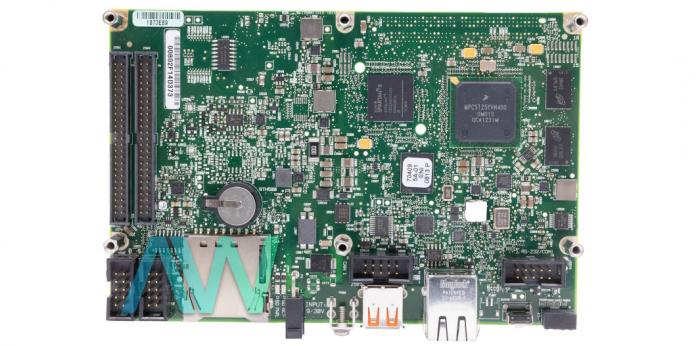
Troubleshooting faulty components can be a daunting task without the right equipment. That’s where component testers come in. These indispensable devices are designed to accurately measure and evaluate electronic components such as resistors, capacitors, diodes, transistors, and more.
In this guide, we will discuss the different types of component testers along with their functionality, applications, and key features.
Introduction to Analog Meters

The analog meter, a classic measurement instrument, has long been the cornerstone of many sectors, including electrical engineering and mechanical diagnostics. Measuring physical values such as voltage, current, temperature, pressure, and more is the main use of an analog meter. Unlike their digital counterparts, analog meters use a moving needle or dial along a scale to provide a rapid and simple visual representation of data.
Guide to Special-Purpose Meters
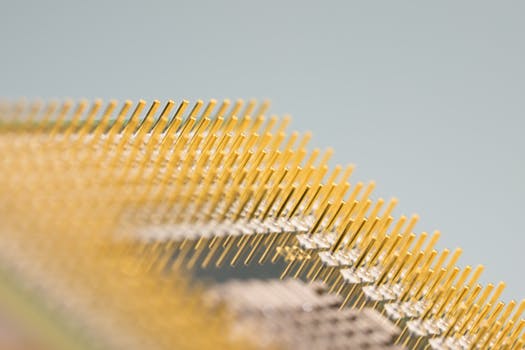
In the intricate web of electrical systems, ensuring precision and stability is undoubtedly critical. From monitoring frequencies to tracking signal strengths and recording vital data, specialized instruments play a crucial role. Among these instruments are Frequency Meters, Field-Strength Meters, and Recorders. Each serves a unique purpose, contributing to the smooth operation and maintenance of various electrical systems.
Continue reading “Guide to Special-Purpose Meters”Digital Amplifiers: What Are They and How Do They Work?

Digital amplifiers, also known as Class-D amplifiers, are a modern solution to amplify audio signals with efficiency and precision. Unlike traditional analog amplifiers that modulate continuous signals, digital amplifiers function by transforming the audio stream into a series of binary pulses, which modulate continuous signals. At the output step, these pulses are subsequently amplified and reconfigured back into an analog signal.
Electromagnetic Meter Construction: Part 2
Coils
In both the moving-coil and moving-iron meter movements, the current being measured flows through the coil. Except for this similarity, the coils in each type of movement are different. When current flows through the coil of the moving-coil meter movement, a magnetic field is produced that causes the coil to rotate. For the coil to rotate easily, it must be as light as possible. To make the coil light, it is wound on an aluminum frame. Furthermore, the coil is made from very fine wire, and when compared with the coil in the other meter movements, it contains very few turns to keep it as light as possible.
Continue reading “Electromagnetic Meter Construction: Part 2”
